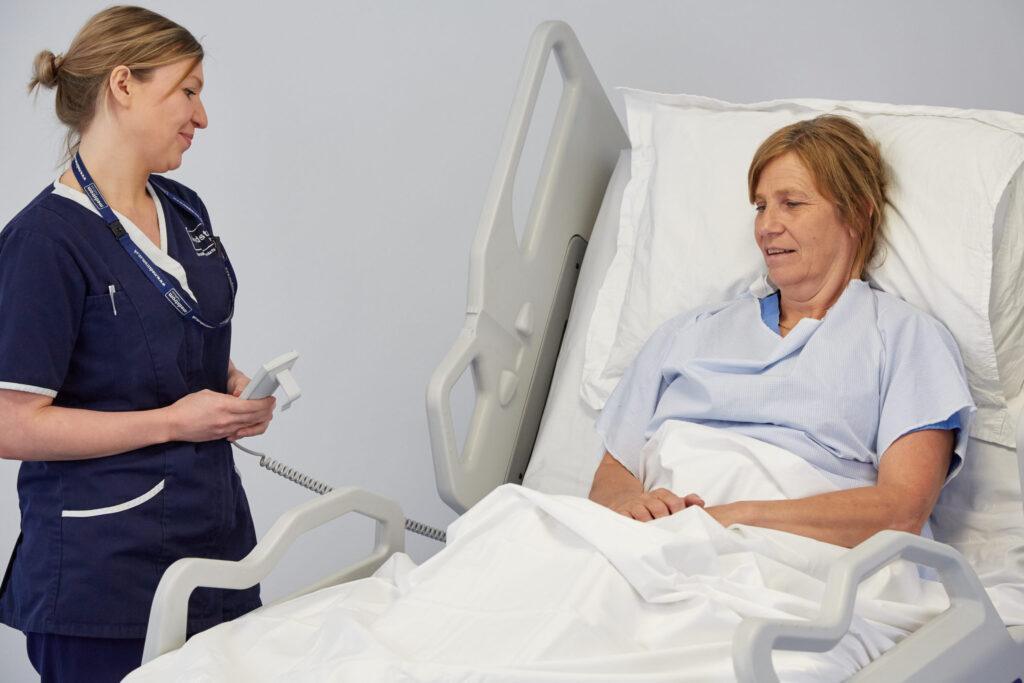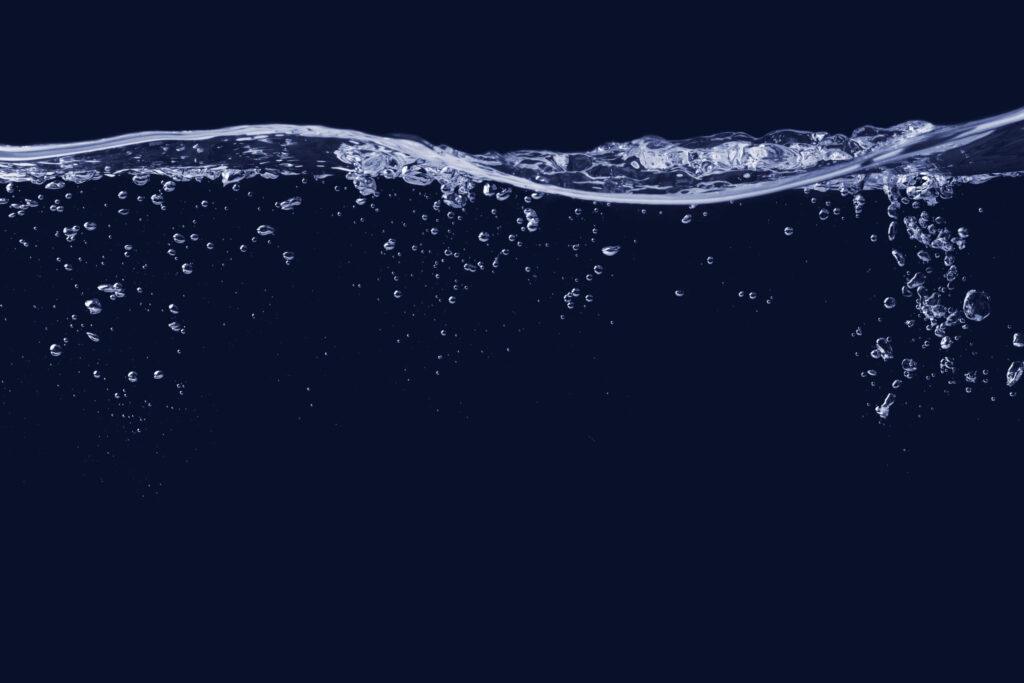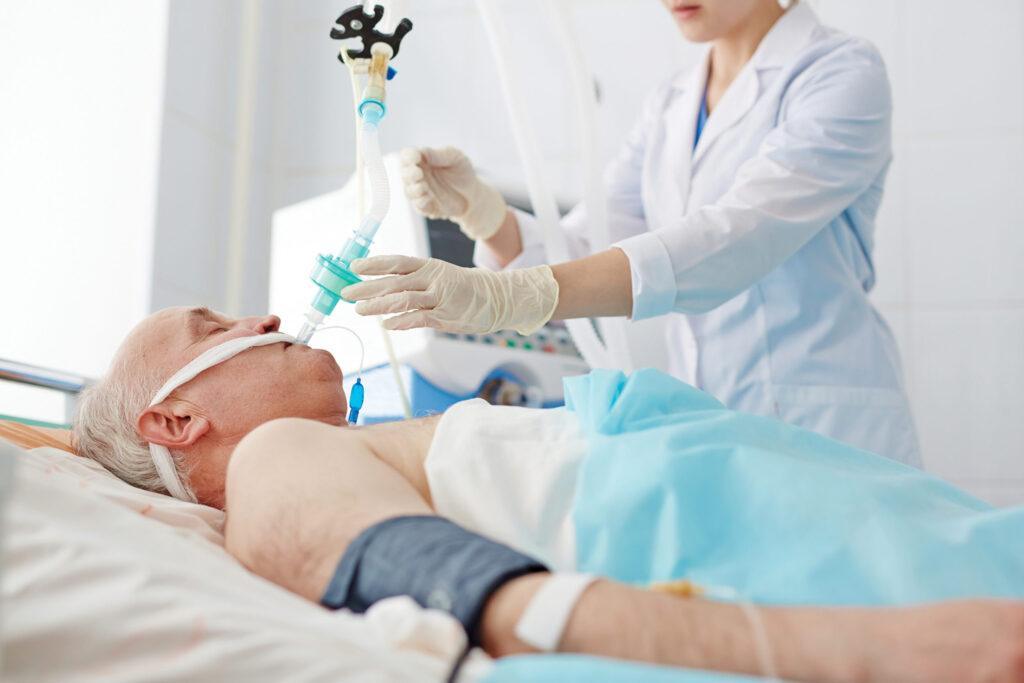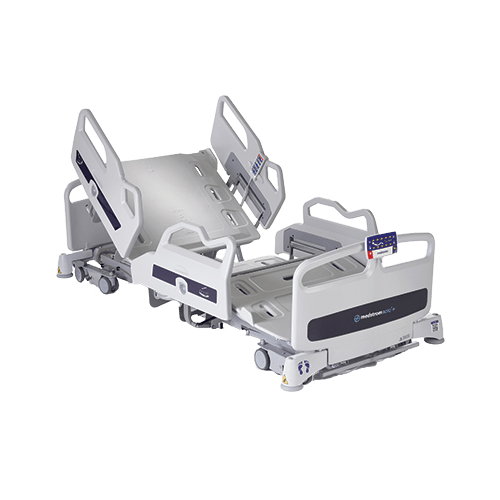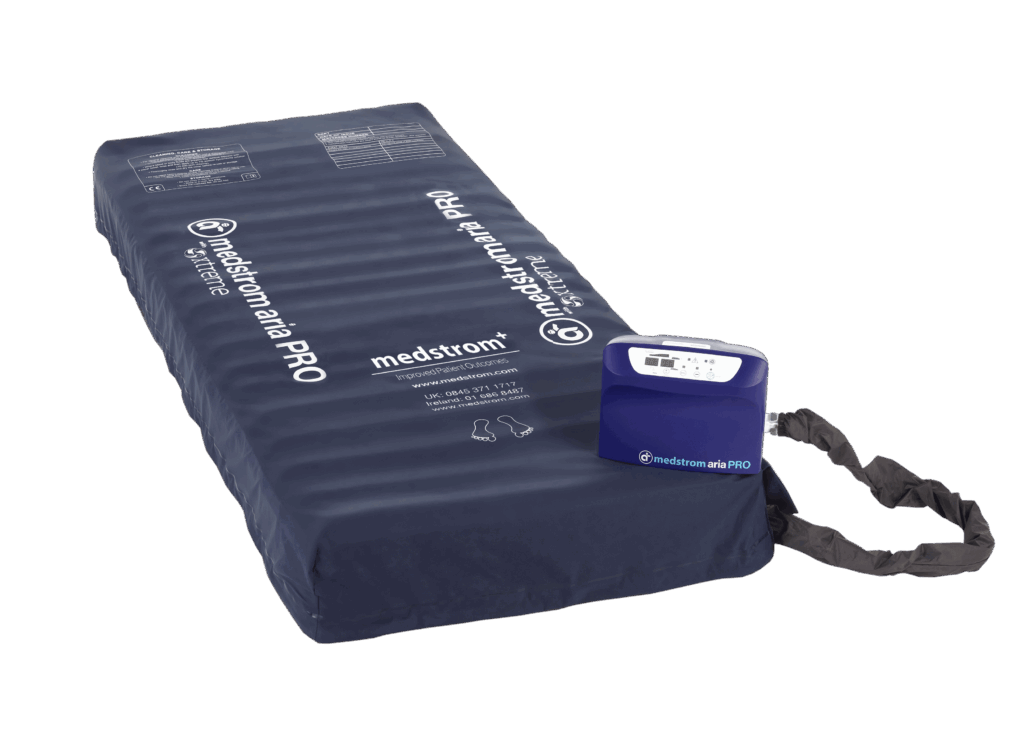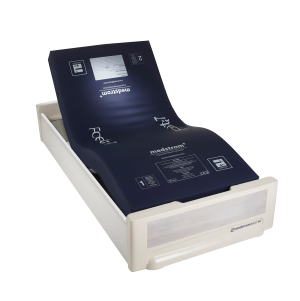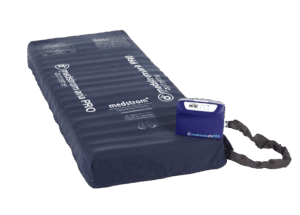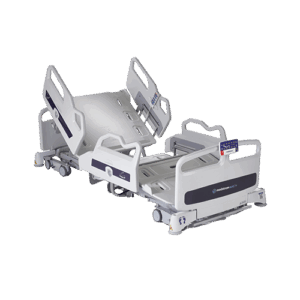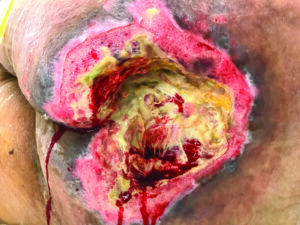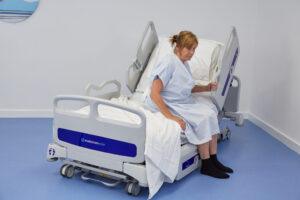
Patient Safety Incident Response Framework – FAQ
The Patient Safety Incident Response Framework (PSIRF)1 sets out NHS England’s new approach to responding to patient safety incidents. In this post, we answer some frequently asked questions, and discuss how Medstrom can provide equipment and practical support to help achieve its aims.
Does the PSIRF replace something else?
Yes. It replaces the Serious Incident Framework2, which was first introduced in 2015.
When was the PSIRF introduced?
It was published in August 2022. Thereafter, organisations were given 12 months to transition to the PSIRF, to be completed by Autumn 2023.
Why was the Serious Incident Framework replaced?
Under the Serious Incident Framework, hospitals were only required to investigate incidents that were defined as serious.
A serious incident is something which occurs in relation to NHS-funded services and care, resulting in one of the following:
- Acts or omissions in care that result in unexpected or avoidable death.
- Unexpected or avoidable injury resulting in serious harm.
- Never events. These are very serious incidents that should never happen if procedures and guidance are correctly followed. An example is chest or neck entrapment in a bed side rail.3
By only investigating serious incidents, sometimes those classed as less serious were not looked into, and therefore not learned from. In order to address this, PSIRF:
- Is less prescriptive than its predecessor.
- Encourages learning from all patient safety incidences.
- No longer differentiates between patient safety incidences and serious incidents.
PSIRF aims to provide a more compassionate and open approach to investigations, to ensure that the different contributing factors are understood, and learned from.
Which organisations does PSIRF apply to?
The PSIRF is a contractual requirement under the NHS Standard Contract. It is mandatory for services provided under that contract, including acute, ambulance, mental health, and community healthcare providers. This includes maternity and all specialised services.
Primary care providers may also wish to adopt PSIRF, but it is not currently a requirement.
Which incidents will be investigated under PSIRF?
Each healthcare organisation has its own Patient Safety Incident Response Plan (PSIRP). This outlines which patient safety incidents should be reviewed and investigated, and the approach to take.
How will PSIRF investigations work?
PSIRF has a wider range of investigation approaches than those used under the Serious Incident Framework. Different tools, approaches and formats may be used in different circumstances, determined by each organisation’s individual plan. Examples include incident investigations, reviews of activities/events that have either gone well or resulted in patient harm, and ‘swarm huddles’, where staff gather at the site of an incident quickly after it occurs, to understand what happened.
Delivering PSIRF – How can Medstrom Help?
The two most commonly reported safety incidents are falls and pressure ulcers. Medstrom has products available which can help reduce the risks and incidence of these:
Medstrom Solo® Bed Range

Both beds have a 2D elliptical backrest movement, which mimics spine elongation as a person goes from lying flat to sitting. This results in zero migration down the bed, eliminating skin shear and friction, and when used with a suitable support surface such as Dolphin Therapy or the Medstrom Aria® range, helps to both reduce pressure ulcer risk and treat existing skin damage.
Dolphin Therapy Fluid Immersion Simulation
Dolphin Therapy is a unique reactive support surface that simulates a fluid environment, which enables full immersion and envelopment of the patient. Research has demonstrated that it maintains tissue symmetry,5 mimimises vascular occlusion6 and prevents tissue ischaemia,7 even when the patient is nursed directly on a wound.

Medstrom Aria® Mattress Range
Medstrom has a unique range of air immersion technology mattresses, designed to treat and prevent pressure ulcers. All have continuous low pressure and gradient immersion therapy options, offering clinical choice and comfort options:
- Medstrom Aria PRO has low pressures and advanced features such as the ability to heel off-load, as well as additional bespoke therapy options for higher acuity patients.
- Medstrom Aria has more stability deliberately built into the immersive cells to encourage and aid patient independence, whilst still preventing pressure build up over bony prominences.
- Medstrom Aria Flex is a semi-dynamic mattress which provides higher protection than a foam mattress and traditional hybrids in non-powered mode. However, if patient assessment determines higher therapy is needed, the Medstrom Aria® Flex can ‘flex’ up with the addition of the optional control unit, significantly reducing the time taken to get a patient on the right product, at the right time.
Medstrom’s Clinical Advisors are here to support you, round the clock, every day. They can help you to select the best products, and ensure you and your patients get the most benefit from them. Moreover, the right combination of products can help to reduce the number of patient safety incidents, to provide a lower risk environment for everyone.
References
-
Patient Safety Incident Response Framework (2022). NHS England. Available at: NHS England » Patient Safety Incident Response Framework
-
Serious incident framework (2015). NHS England. Available at: NHS England » Serious Incident framework
-
National Patient Safety Alert NatPSA/2023/010/MHRA. (2023). Medical beds, trolleys, bed rails, bed grab handles and lateral turning devices: risk of death from entrapment or falls. MHRA. Available at: NatPSA_bed_rails_30_8_23.pdf (publishing.service.gov.uk)
-
Martindale D (2021). Calculating bed height for hospital patients using popliteal measurement. Nursing Times [online]; 117: 10.
-
CT scans from St Joseph’s Hospital, Tampa, Florida.
-
Worsley PR et al (2015). The effects of a fluid immersion mattresses; an evaluation of fluid immersion therapy for the prevention of pressure ulcers. 18th Annual Meeting of the European Pressure Ulcer Advisory Panel, 17th September 2015. Faculty of Health Sciences, University of Southampton.
-
KL Mayes et al (2012). Cost effective care without clinical compromise: Incorporating the Dolphin Fluid Immersion Simulation Mattress System into the postoperative care of patients undergoing myocutaneous flaps. Poster presented at Wild on Wounds National Conference, September 12 – 15, 2012, Las Vegas, NV.
